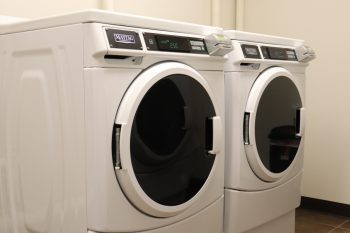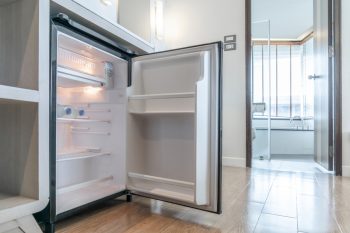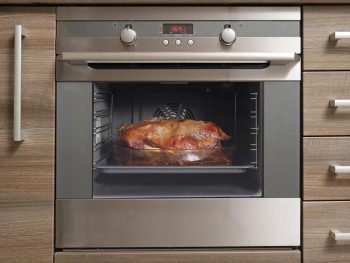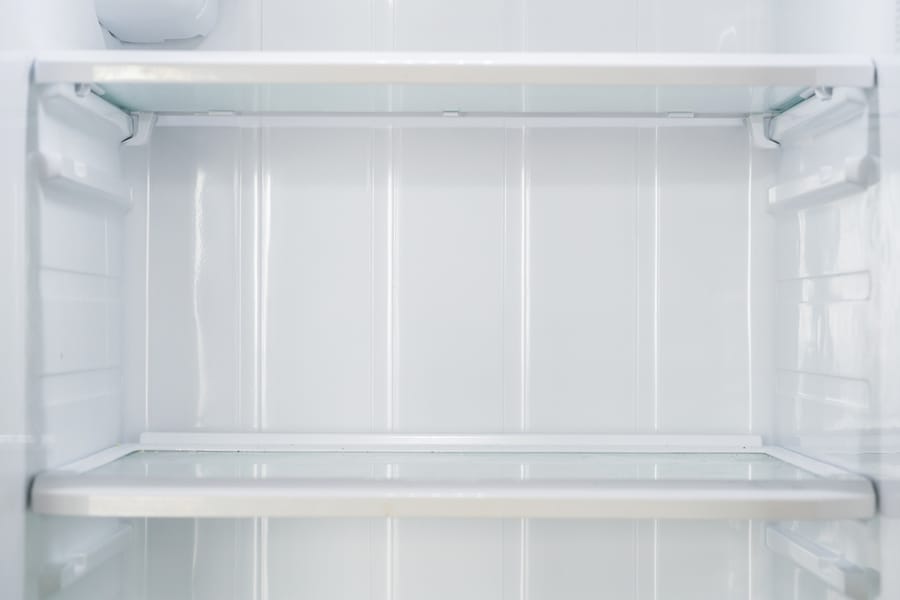
So, you pull open your freezer door to find a three-inch wall of ice on every side. It’s time to defrost your freezer all over again.
The drippy mess can get frustrating and annoying but leaving the slab of frost significantly decreases the number of things you can stuff into the space.
If your frozen refrigerator storage gets on your nerves, it might be time for a replacement. And that’s why you’re probably looking into frost-free refrigerators.
What are these new-fangled appliances, and are they truly worth it? Find out here.
- Frost-free technology prevents ice build-up inside your fridge.
- It uses a defrost timer and heater to achieve its function.
- Most refrigerators today use frost-free technology to streamline fridge upkeep and maintenance.
Anyone who has ever struggled with defrosting a fridge might be tickled at the words ‘frost-free refrigerator.’
Designed to streamline refrigerator ownership and maintenance, frost-free refrigerators are exactly what their name implies.
What Is a Frost-Free Refrigerator?
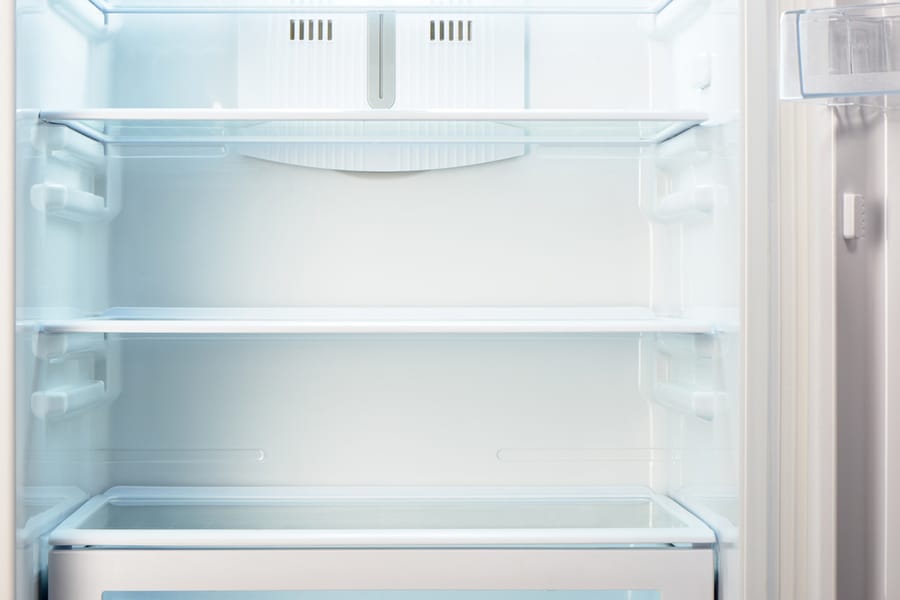
Frost-free technology came out in the 80s but wasn’t something that refrigerator manufacturers were particularly interested in mass-producing.
By the 2000s, however, frost-free refrigerators started to creep their way into more and more households across the country.
Today, most (if not all) refrigerators you’ll find on the market tout frost-free technology.
This feature allows refrigerators to manage frost and ice production so that you don’t need to defrost manually. That said, frost-free technology minimizes the need for extensive maintenance and upkeep.
How Does Frost-Free Technology Work?

It’s a fairly simple technology. Around or beside the condenser coils, these refrigerators incorporate heating elements that defrost the refrigerator on a routine schedule.
Some adaptive timers even take note of how many times the door opens and how long the compressor has been running.
This defrosts heater then melts away any ice and frost formation, leading the meltwater into a drip pan where it evaporates.
Frost-Free vs. Auto Defrost
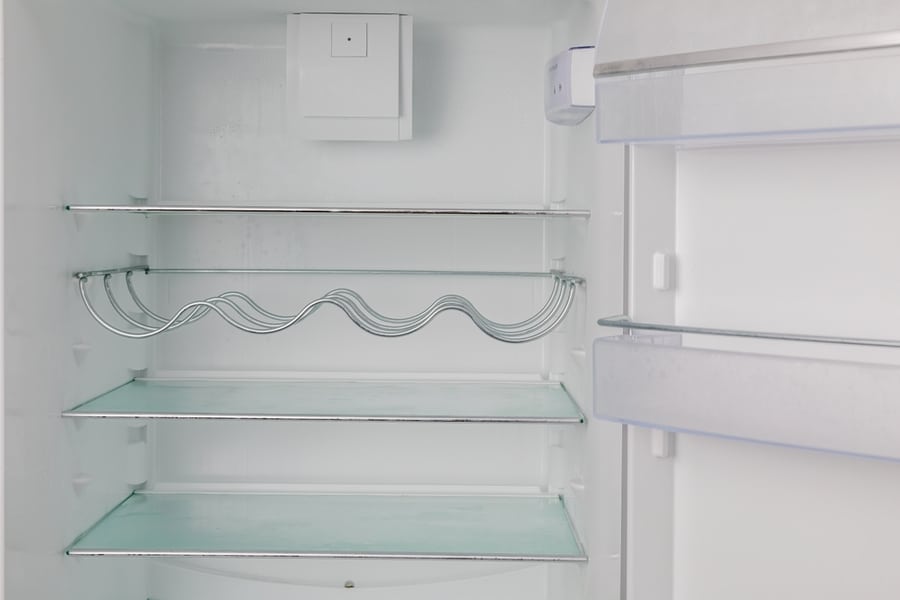
For the record, frost-free and auto-defrost refrigerators attempt to achieve the same. The difference is in how they do it.
With most auto defrost models, manufacturers incorporate a fan system that may use more energy than frost-free refrigerators.
If you want the most energy-efficient model in your kitchen, go frost-free.
If you don’t mind spending more on your electricity bills if it means saving up on up-front costs, then an auto-defrost refrigerator might be for you.
Conclusion
Frost-free technology is the golden standard when it comes to modern-day refrigerators. Allowing significantly reduced maintenance and upkeep, using one of these new-age refrigerators can free you from the hassle of performing manual defrosts every so often.
Frequently Asked Questions
Do Frost-Free Refrigerators Have Disadvantages?
There’s no such thing as the perfect appliance. With frost-free refrigerators, your biggest problem would have to be that it doesn’t keep food quite as fresh as direct cool refrigerators.
Of course, you shouldn’t expect anything to spoil in your frost-free fridge, but because the system absorbs more moisture, it could dry some fruits, veggies, and food.
Do They Still Sell Refrigerators That Build Up Frost?
Yes, they do. While most high-end models use frost-free technology, budget-friendly single-door models can still use manual defrost functionality.

